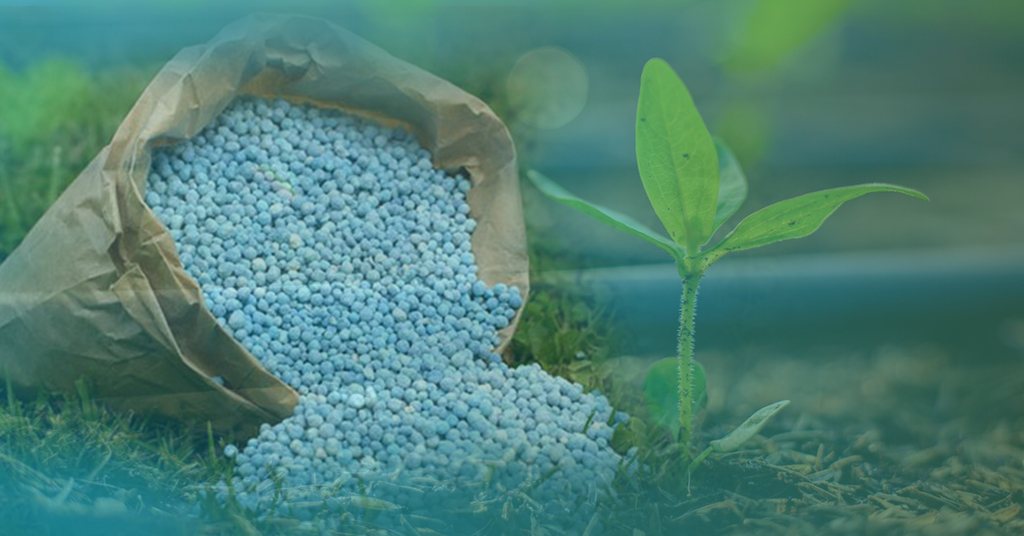Welcome To ChemAnalyst

Kenya: The Russia-Ukraine war caused prices to rise, and as a result, in 2022-2023, the world's fertiliser suppliers made astonishingly high profits. Profits for the top nine manufacturers worldwide tripled from 2021 to 2022. The margins and effects on fertiliser supply to African farmers have been far more severe. Furthermore, even though global prices have decreased, many African nations are still maintaining extremely high profit margins in 2023. Most of the southern African nations have recently finished their harvest seasons, with farmers' profits and output being constrained by high input costs.
The benefit of strict competition enforcement in South Africa is that costs have significantly decreased there. This just helps to underscore the disadvantage that farmers in nations like Malawi and Zambia experience. African farmers are being squeezed by high fertiliser input costs and are using less of it, which results in low yields and a shortage of food as well as high food prices. Therefore, urgent international action on fertiliser costs is needed to increase food security in Africa.
Fertilizer imports are a major source of income for African nations, but utilization is still quite low. For instance, Kenya and Zambia use about 70kg/ha, as opposed to Brazil's 365kg/ha. In most southern African nations, the harvest season recently came to an end. There is evidence that high input costs are squeezing farmer profitability and production. According to the FAO, Zambia's maize yields are less than half as high as those of South Africa and Argentina due to high costs and insufficient application.
Kenya imported over 30% less fertilizer in 2022, and production decreased. The amount of maize produced in 2022–2023 was 18% less than the average for the preceding five years, with lower yields and planted areas adding to the impact of insufficient precipitation. Even though there is a critical need to increase agricultural output to satisfy regional demand, continued high fertiliser prices will limit productivity.
Zambia, for instance, has plenty of water and arable area for agriculture to expand production. Only 15% (or about 6 million) of the country's 42 million hectares of arable land are being farmed, including for pasture, and only 1.5 million of them are being farmed for crop production. In the entire SADC area, Zambia has about 40% of the water resources available for agricultural use. Production might increase by a multiple of the current levels if farmers had higher returns with lower input costs.
In the region of East and Southern Africa, there are 73 million people who are severely food insecure. Both in terms of the significance of small-holder farmers and in terms of the vulnerability of low-income urban households to high food costs, people in low- and middle-income nations suffer the brunt of the burden.
Most of the continent's nations depend on imported food. Countries like Kenya who have experienced drought are finding it difficult to import food, which has deteriorated the nation's food security. This has been made worse by Zambia's and Tanzania's export limits on maize, which have lowered prices for farmers in those nations even as input costs, particularly fertilizer, have gone up.
In the two months from September to November 2021, the price of fertilizer on the international market more than doubled. The price increase of natural gas, a crucial component of fertilizer based on nitrogen, as well as supply problems brought on by the Russia-Ukraine war were the main factors driving this. The fertilizer businesses took advantage of the shocks and hiked prices above the rise in expenses.
The price of Urea on the global market had decreased back to little by March 2023. South Africa's inland pricing now represent fair prices, but in other African nations, enormous profits are still being made. Additional import costs to coastal countries should be no more than $150/t, and to inland regions they should be no more than $250/t, including a trader margin. Governments in the area have tried to put fertilizer subsidy programs into place to lessen the negative effects of high fertilizer prices.
But while the programs have largely not been performing effectively, the subsidies entail enormous expenses for governments that many African countries have not been able to bear. Therefore, urgent international action on fertilizer costs is needed to increase food security in Africa. First, African competition authorities should investigate any indications of anti-competitive behavior. Second, investments in storage, logistics, and usage guidance are needed. Third, a fertilizer market observatory, such as the one the EU is putting in place, would offer continual data about fertiliser markets, factors affecting them, and exchange experiences and best practices for effective use.
Despite the urgent need to expand agricultural output to meet regional demand, productivity will be limited by ongoing high fertiliser prices. For instance, Zambia has an abundance of water and land that can be used for agriculture to increase productivity. Only 6 million, or 15%, of the 42 million hectares of arable land in the nation are really farmed, including for pasture, and only 1.5 million are used for crop cultivation. About 40% of the water resources in the SADC region are available for agricultural use in Zambia. If farmers received larger returns with reduced input costs, production might increase by multiples of the existing levels.
We use cookies to deliver the best possible experience on our website. To learn more, visit our Privacy Policy. By continuing to use this site or by closing this box, you consent to our use of cookies. More info.
